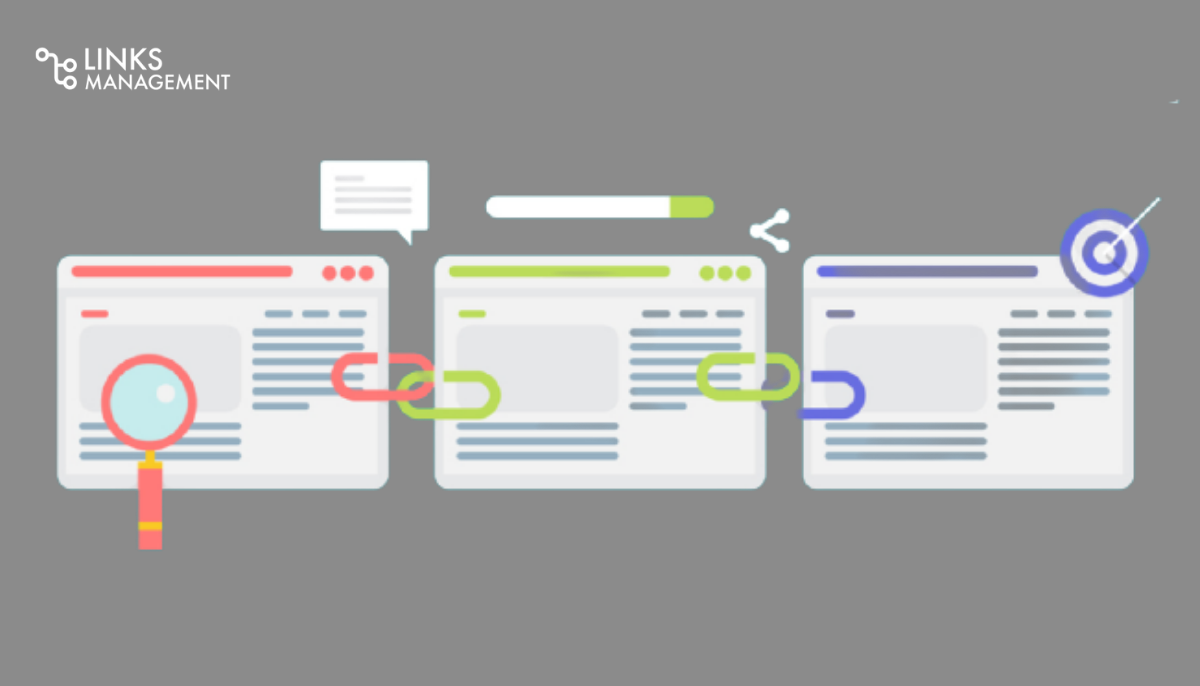If you work on promoting your website, backlink building is one of the most essential strategies to bet on. The presence of high-quality do-follow backlinks is as important as the quality of your content, its enrichment with the winning and page-specific keywords, and the behavioral factors shown by your users.
Thus, there is a lot of work to be done, but in addition to the classic and well-known link-building strategy, there is one more approach you may utilize for your website promotion. We are talking about using Google Authority Stack and Entities to enhance your backlink base, and in this article, we will take a look at the essence of this strategy and the ways to do it right.
What is Google Authority Stacking
So, let’s get started by defining Google Authority Stacking. In addition to the most powerful search engine in the world, Google owns a lot of digital products millions of users use every day for business and personal purposes. These products include but are not limited to Google Drive, Google Docs, Google Forms, Google Slides, Google Images, Google Sites, Google My Business, and Youtube.
All these websites form the Google Authority Stacking – the set of websites that have high domain authority by default (since they are Google’s products) and the ones you may use to link back to your website from.
For example, you may create a publicly shared Google Sheet and add a link to your website to some of the graphs. Or you may upload a YouTube video and share a link to your website in its description. All these actions may be considered as generating backlinks from Google Authority Stack.
What is Google Entity Stacking
Also, there is one more concept that refers to Google Entity Stacking. As for its definition, you may find two different approaches to it:
The Difference Between Google Authority Stacking & Google Entity Stacking
Thus, there are two different approaches to defining these two concepts. They are either the same things but designated by different names, or Google Entities are part of Google Authority Stacking.
Either way, Google is quite friendly to using Google Authority Stacking for additional strengthening your website position with high-quality backlinks. Since the tools you are using are the products of Google, you will never get penalized for using this strategy.
However, there is one more important point to remember. Even with the zero penalty risks, you shouldn’t be spammy with your backlinks. Their appropriateness and the quality of the content that refers to your page and is placed on your page is still important.
Google Authority Stacking & Google Entity Stacking vs Other Backlink Building Strategies
However, what is the place of Google Authority Stacking & Google Entity Stacking among other backlink building strategies? The opinion of experts also differs on this matter.

However, Google doesn’t prohibit using Authority Stacking & Entity Stacking for getting additional backlinks, and thus, this method is hard to be considered really black. What’s more, there are a lot of companies that provide this service for an affordable price and are quite transparent on what they are going to do with your website and its enchantment via Google Authority Stacking & Google Entity Stacking.
Pros and Cons of Google Authority Stacking vs Other Methods
According to the opinion of Google, getting organic backlinks (i.e. when someone cites your webpage on their website) is the only right way to build a backlinks base. However, we know that it is still possible to buy some backlinks (but you should be very careful with this method and make sure that each of your actions looks natural) and/or come up with some guest posts that will mention your website in the text or author bio. Let’s compare the pros and cons of using Google Stacks with these two approaches to link building.
Pros
Cons
What’s more, we prepared a detailed guide on How to Monitor Your Backlinks. Read the full instruction here.
Should You Use Google Stacks For SEO?
When promoting your website with the help of backlinks, all the methods except for black ones are good. As for using Google Stacks, nothing will happen in the worst case. Since the risk of getting penalized tends to zero with this method, you may feel much calmer when utilizing it compared to buying backlinks in a bunch.
Thus, using Google Stacking is not a classical way of search engine promotion. A lot of website owners may not even know about it but still, use it unintentionally while using the digital products provided by Google. However, it makes even more sense when used strategically and in combination with other link-building approaches. Thus, you should use this method as well to strengthen your website position.
What’s more, using Google Authority Stacking & Google Entity Stacking is not as difficult as getting organic backlinks, for example. Plus, it opens up a lot of additional opportunities for creating engaging content that will help you with attracting live traffic, improving behavioral factors, and improving your conversion rate. And here is what you may do to simultaneously use Google Stacks, get more backlinks and engage your visitors with omnichannel content.
How to Сreate Google Authority Stacks for SEO?
Since Google has a lot of good products to be used in your link-building strategy with Google Stacks, below some of the simple still effective steps to get started with this process.

Thus, using Google Authority Stacking & Google Entity Stacking is one more way to improve the positions of your website with the help of the backlinks that come from Google-owned products. This method of website promotion makes the most sense when combined with other white link-building strategies and may not give prominent results when used alone. That’s why you should be strategic and far-sighted with your approaches to link-building, trying to get the most out of each method you are using, and still avoid the risks of penalties.